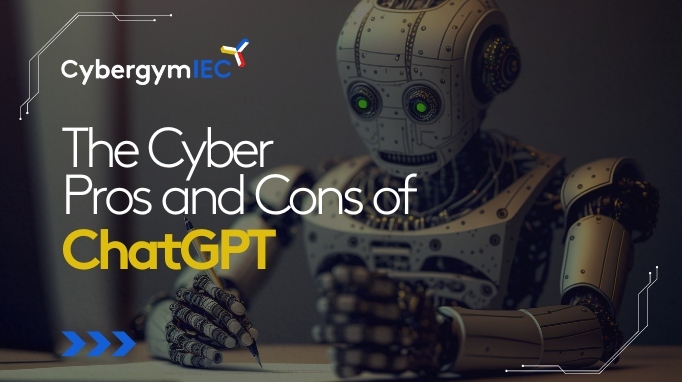ChatGPT is just one of several new artificial intelligence technologies that are revolutionizing the way we interact with computers. And like all new technologies, its use comes with risks as well as benefits. So, whether you’re thinking of using it to write a speech, a paper or even a poem, here’s what you need to know…
ChatGPT is a natural language processing system that can understand and respond to human conversations, in real time. Developed by OpenAI, this powerful, open-source model has been specifically designed for the purpose of generating human-like text in response to user input. Simply type in a question, with as much or as little detail as you like, and the system will generate a response for you, built on GPT-3 architecture. The output is high-quality text, in various styles and formats, which can be used to write blogs(!), plan itineraries, suggest creative holiday gifts for specific friends and family, and even answer coding questions.
There are more than 25 alternatives to this popular AI Writing tool, both websites and apps for a variety of platforms, including SaaS, Linux, Google Chrome and Mac. But (yes, there’s always a but….), as well as having the potential to save people time, and make their lives easier as it makes light work of tedious, everyday tasks, as an AI-powered system, ChatGPT also has major implications for cyber security.
In terms of cyber risks, ChatGPT itself is not vulnerable to traditional forms of hacking that target software. However, this is not to say that its use is not susceptible to exploitation by hackers. Indeed, dark web forums are abuzz with chatter about how to use OpenAI's chatbot to help script malware…. Like most people, hackers like shortcuts, and AI programs like this are accessible even to threat actors with very low technical knowledge. For sophisticated cybercriminals, it brings the advantages of ease and efficiency to their operations.
Cyber threats
So, what are the risks? Well, let’s start with the fact that essentially, ChatGPT is a chatbot - a computer program designed to simulate conversation with human users. Chatbots often handle sensitive information, such as personal or financial data, which can be vulnerable to theft, unauthorized access, and manipulation if not properly secured.
Attackers may use social engineering techniques, using the chatbot to trick users into divulging sensitive information, such as passwords or credit card numbers. They could also leverage ChatGPT in spoofing attacks, whereby they create fake chatbots that mimic the behavior of legitimate chatbots, tricking users into divulging sensitive information or installing malware.
Cyber plusses
But, there’s more to the ChatGPT cyber story than risk. In fact, ChatGPT can actually be used to detect malicious activity on the internet – such as suspicious conversations and activities - and alert the user or system administrator to take preventative or defensive action. It can also be useful in detecting and responding to cyber threats, such as phishing, malicious code and malware.
Proceed with caution
When availing themselves of the time and cost saving advantages of a program like ChatGPT, businesses should be alert to the potential risks and put in place protective measures. These could include implementing security and privacy best practices such as encryption and access controls. They should also educate their users about the potential risks and advise them to exercise caution when interacting with chatbots. Additionally, businesses should be careful only to implement solutions of reputable AI providers that have strong security and privacy policies in place.



